Every year, the city of Cusco bursts with color and devotion to celebrate Corpus Christi, one of the most important religious festivals on the local calendar. Deeply rooted in Peru’s history, this tradition is a clear example of the fusion between the Catholic heritage brought by the Spanish and the ancient Andean beliefs.
During this celebration, thousands of worshippers and visitors from around the world gather in Cusco to participate in the processions, masses, and rituals that bring this special occasion to life.
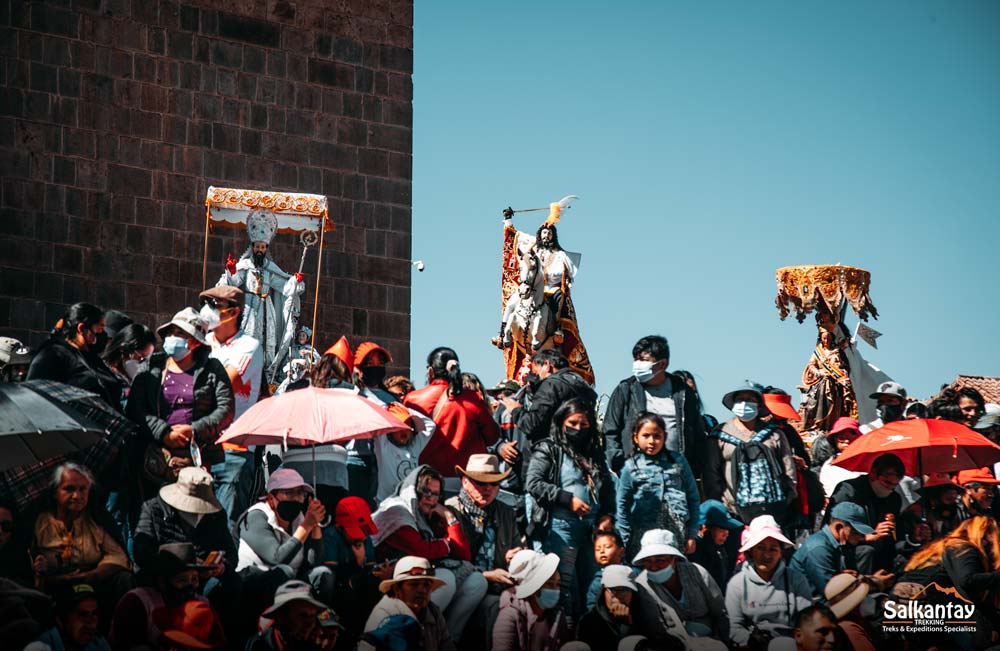
- Origins
- Corpus Christi Today
- When is Corpus Christi Celebrated?
- Which Saints Take Part in This Celebration?
- Traditional Customs
- Tips to Make the Most of Corpus Christi in Cusco
- Celebrations and Traditions That Make Cusco Unique
- Frequently Asked Questions About Corpus Christi in Cusco
- You might be interested in:
Origins
Corpus Christi arrived in Cusco with the Spanish during colonial times, in the 16th century, as part of the evangelization process. It’s believed that the first celebration took place in the 1530s, just a few years after the Spanish founded the city. This Catholic feast replaced an ancient Inca custom in which processions were held with the mallquis, mummified remains of important rulers and nobles who were venerated in what is now the Plaza de Armas.
The Spanish saw in this practice an opportunity to introduce Catholicism, and over time, the mummies were replaced with images of saints and virgins. And so, a new tradition was born, one that blended Andean beliefs with the Catholic faith.
Corpus Christi Today
Today, this festival remains a Catholic tradition passed down through generations with deep devotion. The faithful still accompany the saints and virgins with fervor during the processions. At the same time, the plazas and streets of the historic center are adorned with festive decorations, creating an atmosphere that mixes celebration with reverence.
Since August 6, 2004, Corpus Christi in Cusco has been recognized as a National Cultural Heritage. This designation honors the celebration as one of the most significant expressions of Peruvian culture and a living source of national identity.
When is Corpus Christi Celebrated?
According to the Catholic calendar, Corpus Christi is celebrated between May and June, nine weeks after Holy Thursday. In 2025, this emblematic celebration will take place on Thursday, June 19.
As in previous years, thousands of faithful and visitors are expected to take part in the processions, masses, and traditions that keep this spiritual and cultural expression alive.
Before the main day, images of saints and virgins from various parishes are brought to the Church of Santa Clara. From there, they begin their journey to Cusco Cathedral, where they remain for eight days.
According to popular tradition, during those eight days, the images “meet,” converse, and catch up on what has happened in their respective churches or communities.
Which Saints Take Part in This Celebration?
During Corpus Christi in Cusco, fifteen saints, virgins, and holy figures are venerated, each with their own story and significance. Their journey through the streets, accompanied by traditional dances, represents a unique fusion of Catholic faith and ancient Andean customs. The festival beautifully reflects the cultural diversity of the region.
These sacred images process through the historic center, becoming the heart of the celebration. Here’s a look at each of the saints and virgins honored in this Cusco tradition:
Saint Anthony the Abbot
Patron saint of animals and farmers, was born in Egypt in the 3rd century. He withdrew to the desert to lead a life of prayer and penance, and numerous miracles are attributed to him, including his ability to communicate with animals.

Saint Jerome
A priest and hermit who lived in the desert of Palestine in the 4th century. He is known for his translation of the Bible into Latin, known as the Vulgate, and is revered as the patron saint of scholars and translators.
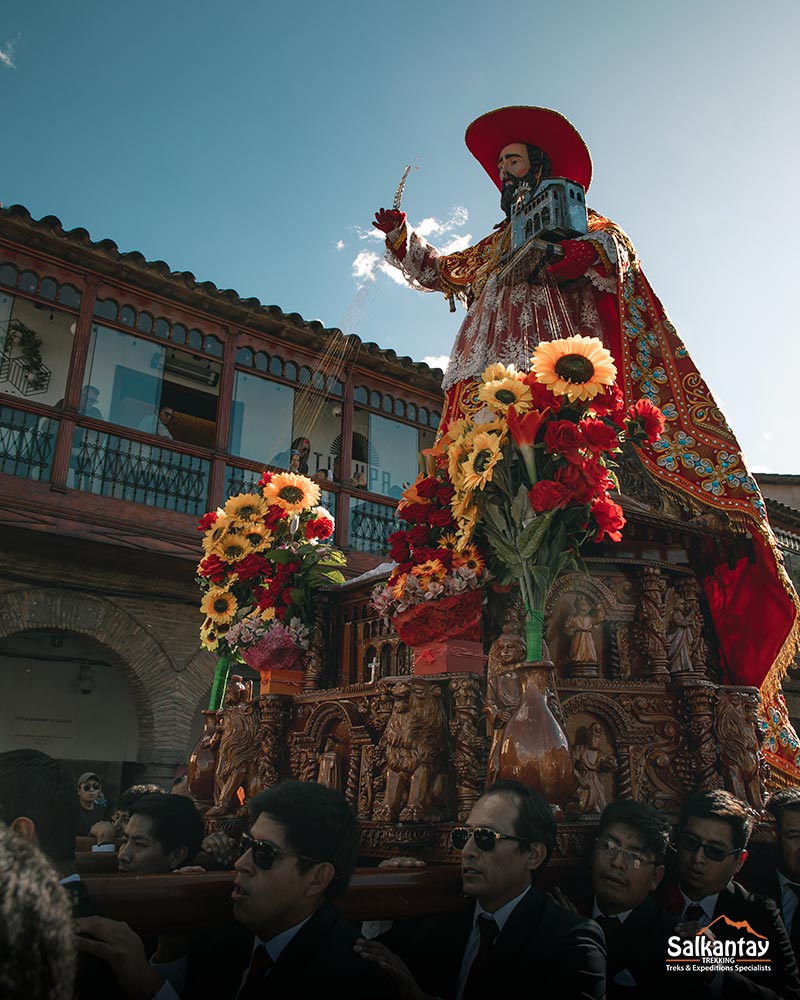
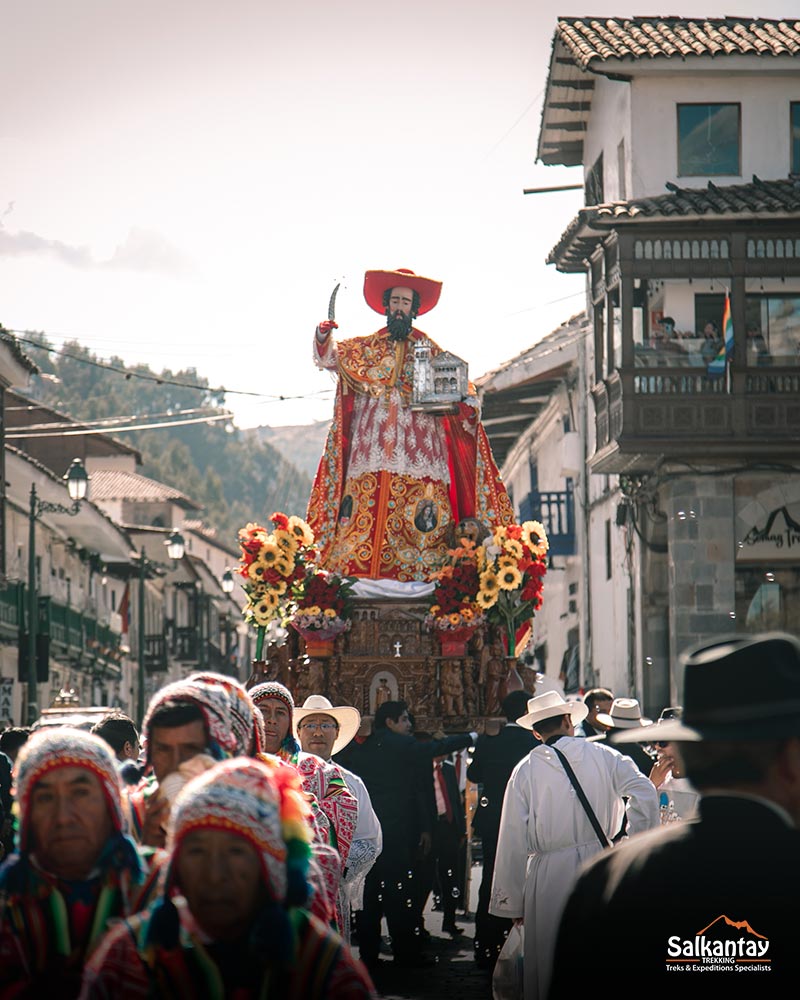
Saint Christopher
Venerated as the patron saint of travelers and transporters. According to legend, he helped Christ cross a river by carrying him on his shoulders. He is invoked to protect travelers during their journeys.
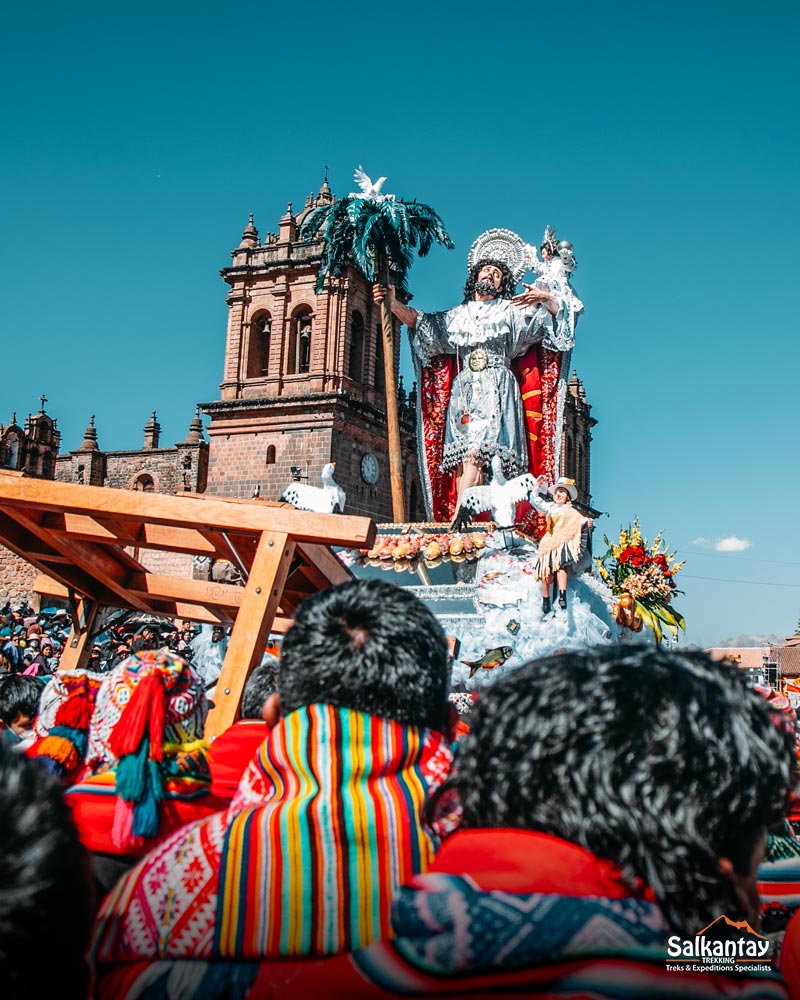
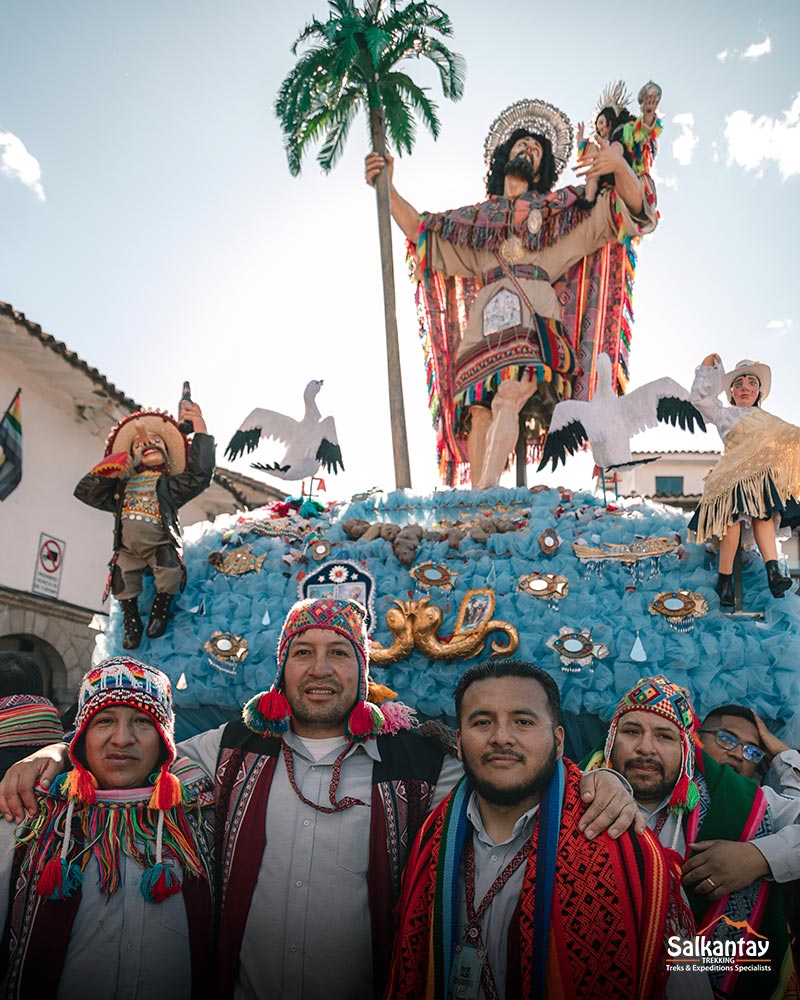
Saint Sebastian
He was a Roman soldier who converted to Christianity and was martyred for his faith in the 3rd century. He is venerated as the patron saint of archers and soldiers.
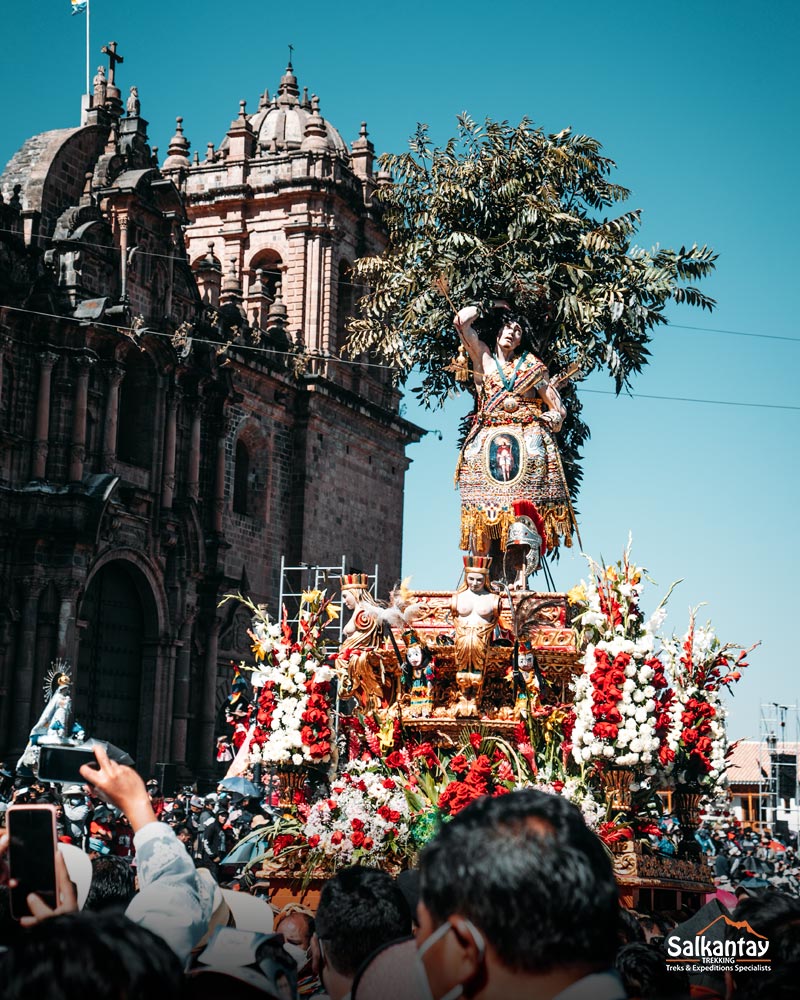
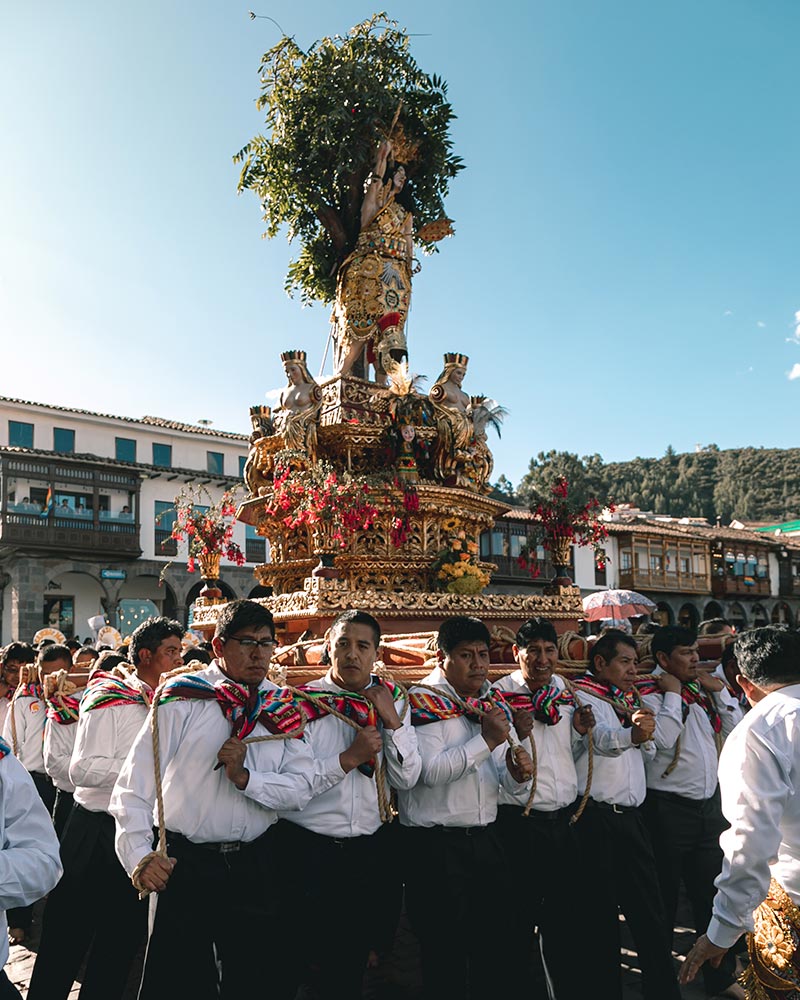
Saint Barbara
It is said that she was imprisoned and tortured for her faith and ultimately martyred for her refusal to renounce Christianity. She was a young Christian woman who lived in the 3rd century. She is venerated as the patron saint of artillerymen and protector against dangers.
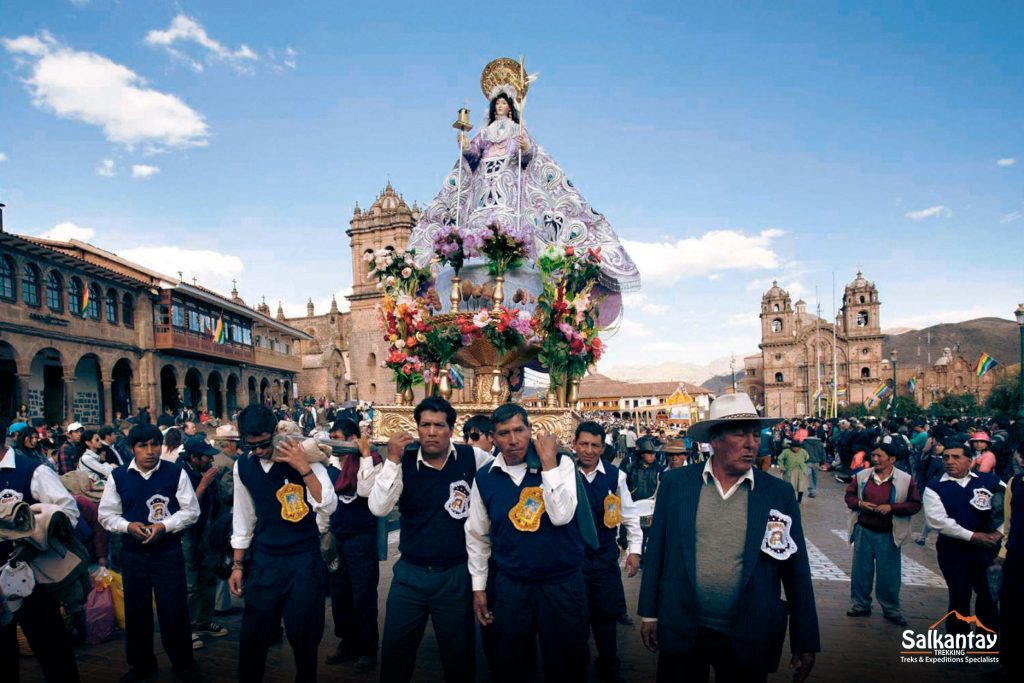
Saint Anne
She was the mother of the Virgin Mary and the grandmother of Jesus. However, she is not directly mentioned in the Bible; her cult developed over the centuries from apocryphal writings and oral traditions. She is venerated as the patron saint of various causes, including pregnant women, grandparents, and carpenters.
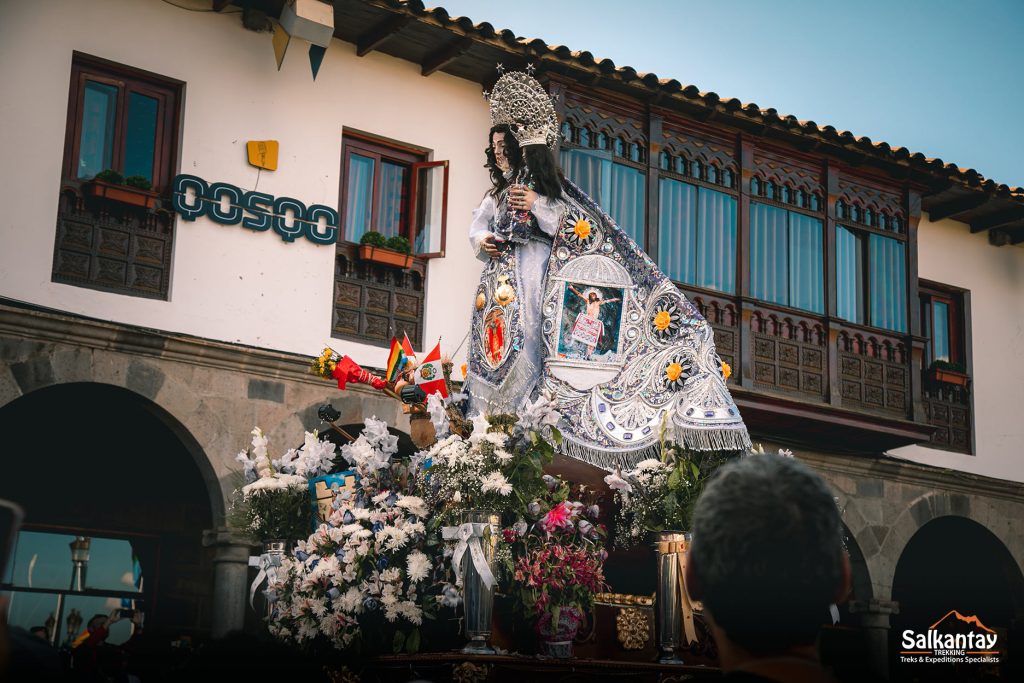
Saint James the Apostle
Also known as Saint James the Greater, he was one of the twelve apostles of Jesus Christ. According to Christian tradition, he became an important leader in the early church. He preached Christianity in Spain before returning to Jerusalem, where he was martyred.
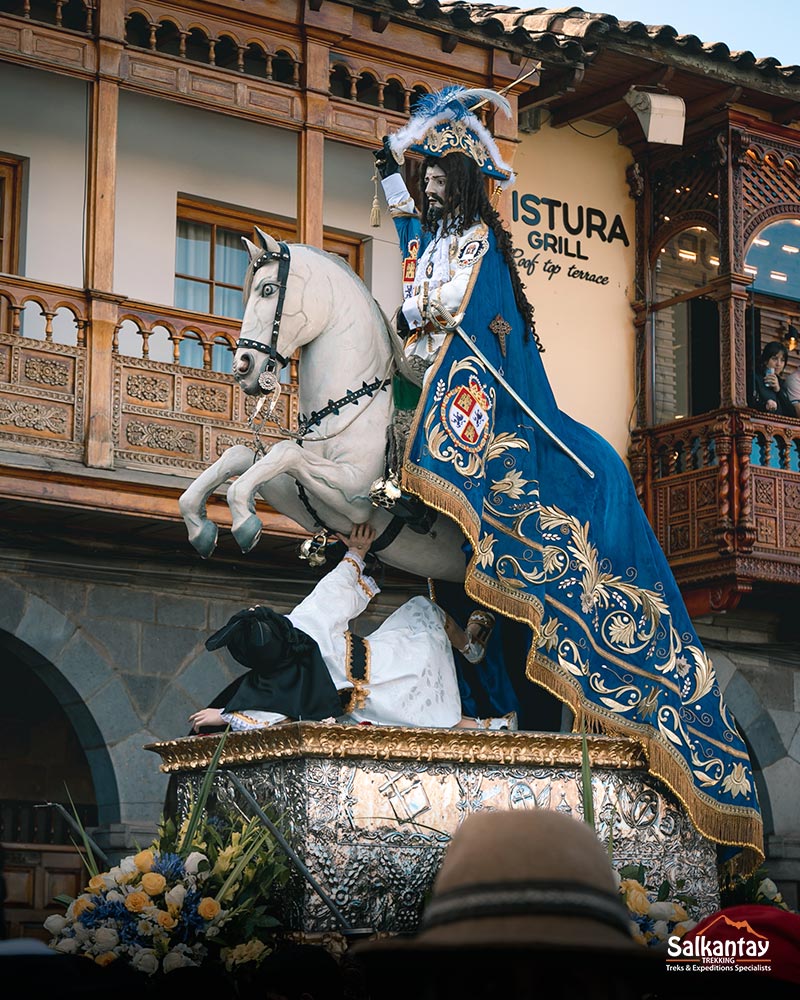
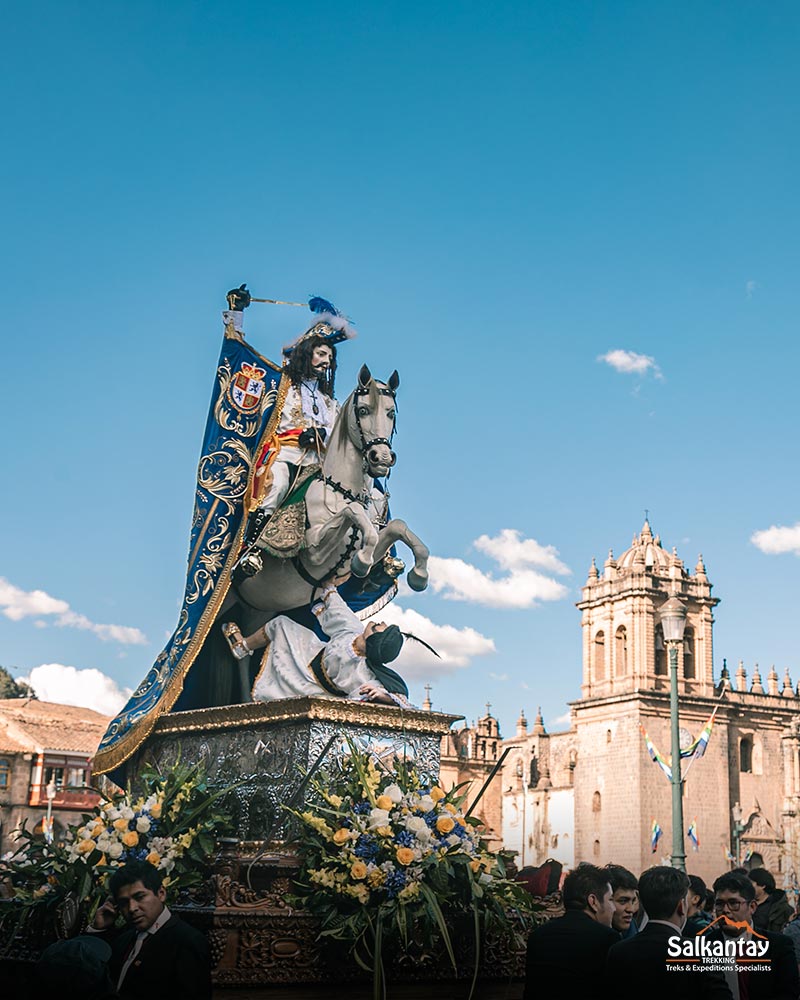
Saint Blaise
He was a physician and bishop in Armenia during the early centuries of Christianity. He is credited with the miracle of curing a child who was choking on a fishbone in the throat, which made him the patron saint of throat illnesses.
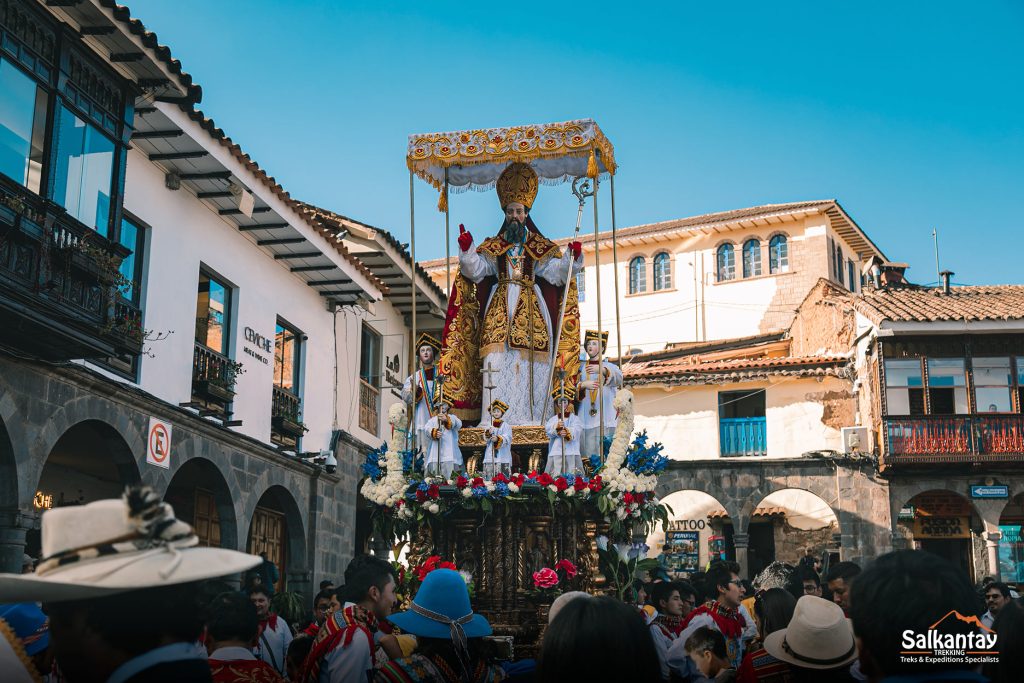
Saint Peter
He was one of the twelve apostles of Jesus Christ and is considered the first pope of the Catholic Church. He is venerated as the patron saint of fishermen and the Catholic Church, and is known for his leadership in spreading early Christianity.
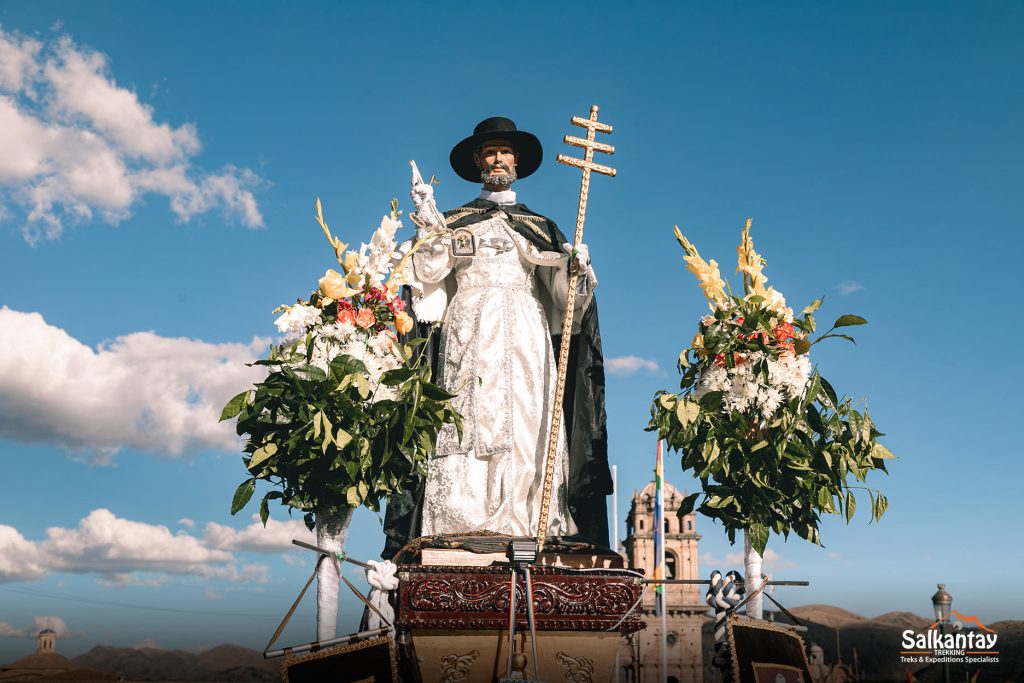
Saint Joseph
The figure of Saint Joseph is more prominent in the Gospel of Matthew, where his role as the husband of Mary and the adoptive father of Jesus is narrated. He is described as a devout man who obeyed the divine instructions he received in dreams.
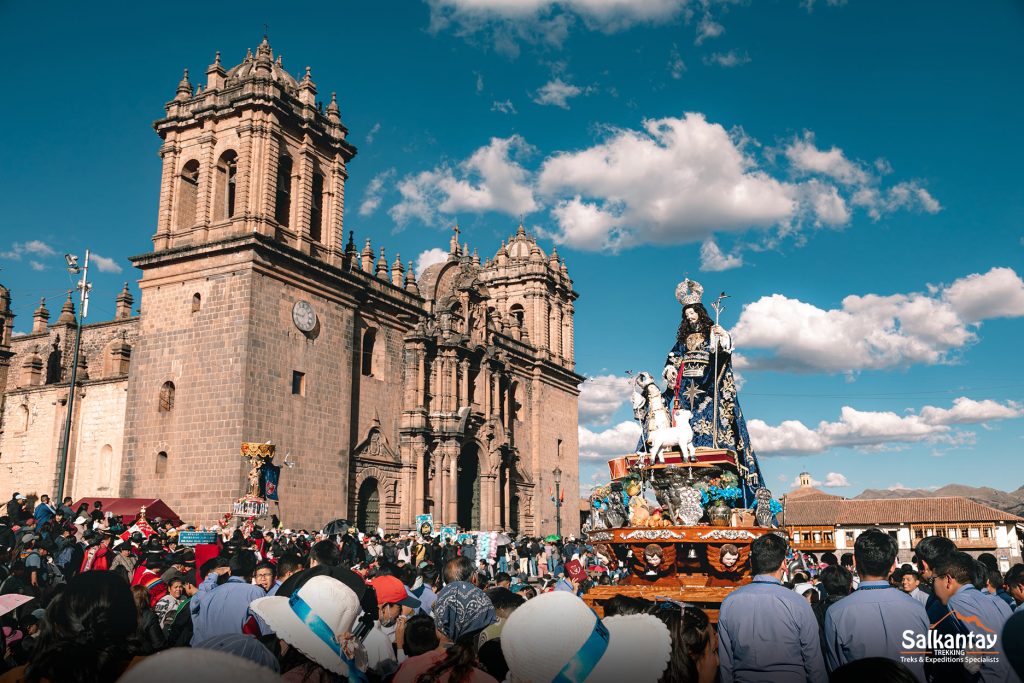
Virgin of the Nativity
Her artistic representation has been a source of inspiration for artists and believers over the centuries. She is often depicted as a loving mother holding her newborn, surrounded by shepherds and angels, who in turn celebrate the arrival of Jesus.
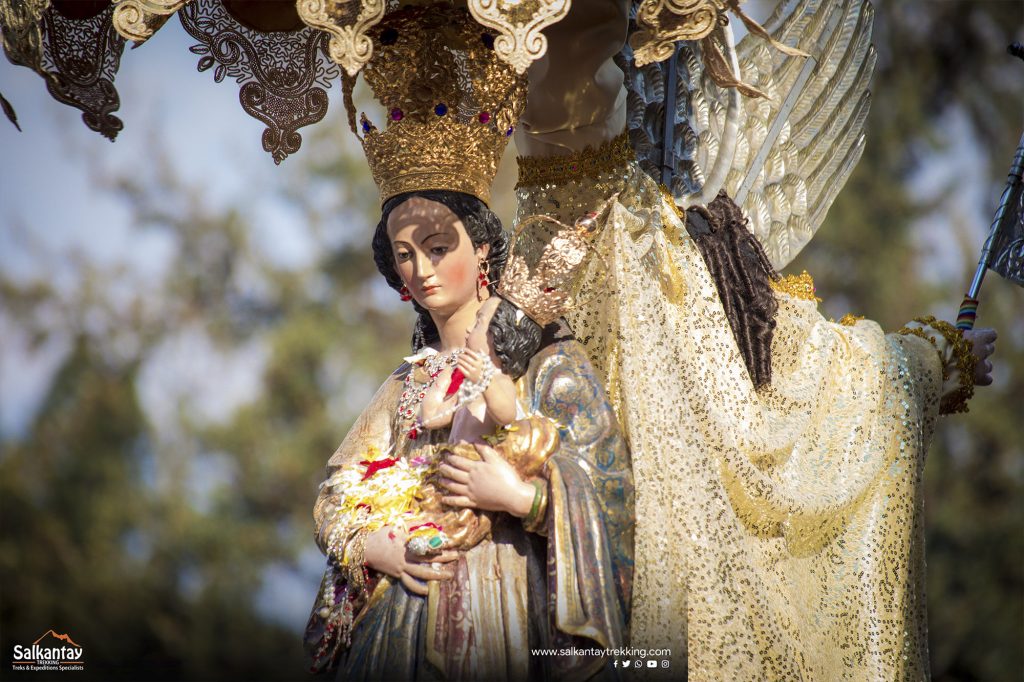
Virgin of Remedies
Her story is closely related to the evangelization of the indigenous peoples of America. This image is a Marian advocacy venerated in the Catholic Church, associated with protection and intercession in times of difficulty, being a source of comfort and hope.
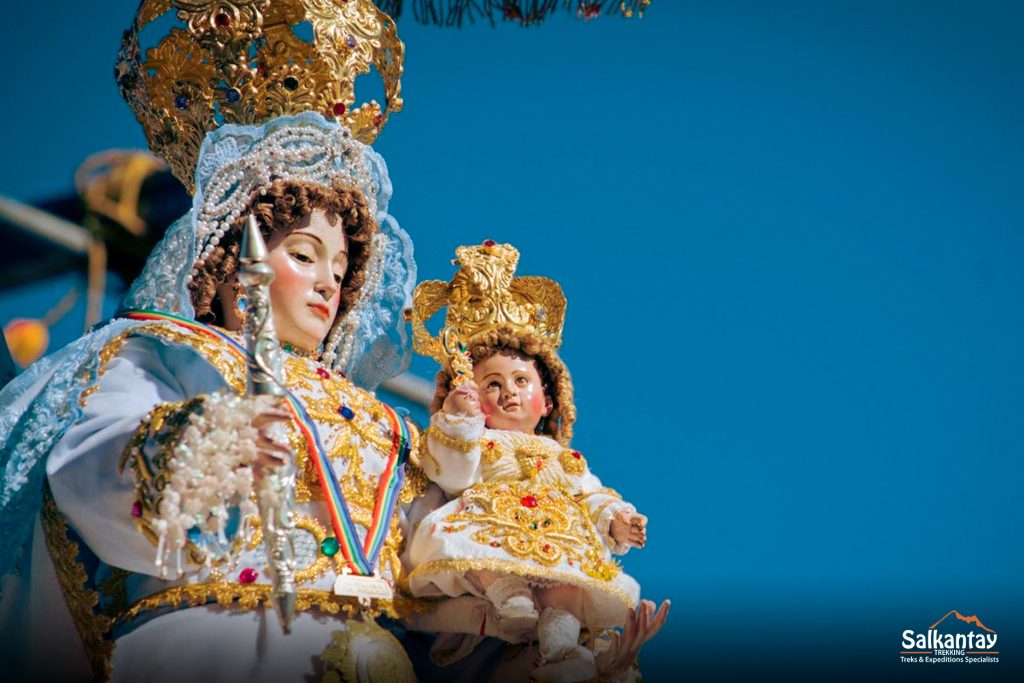
Virgin Purified
She is considered a model of Christian life for those who seek to imitate her dedication. It is said that Joachim and Anne, parents of Mary, who were sterile for a long time, conceived her miraculously. In gratitude, they dedicated their daughter to the service of God and took her to the Temple when she was only three years old.
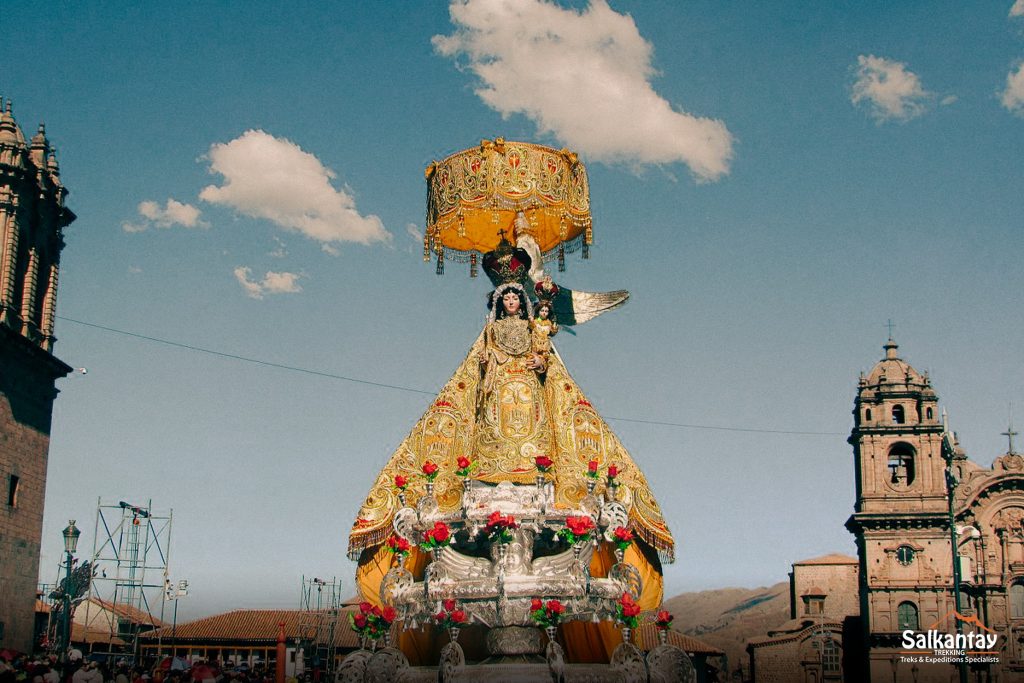
Virgin of Bethlehem (Mamacha Belén)
Also known as “Mamacha Belén”, she is considered a loving and compassionate mother who intercedes for her children before God. According to tradition, devotion to this Virgin originated in Cajamarca in northern Peru. Her image was found by a local shepherd on “Cerro de Belén” in the 16th century.
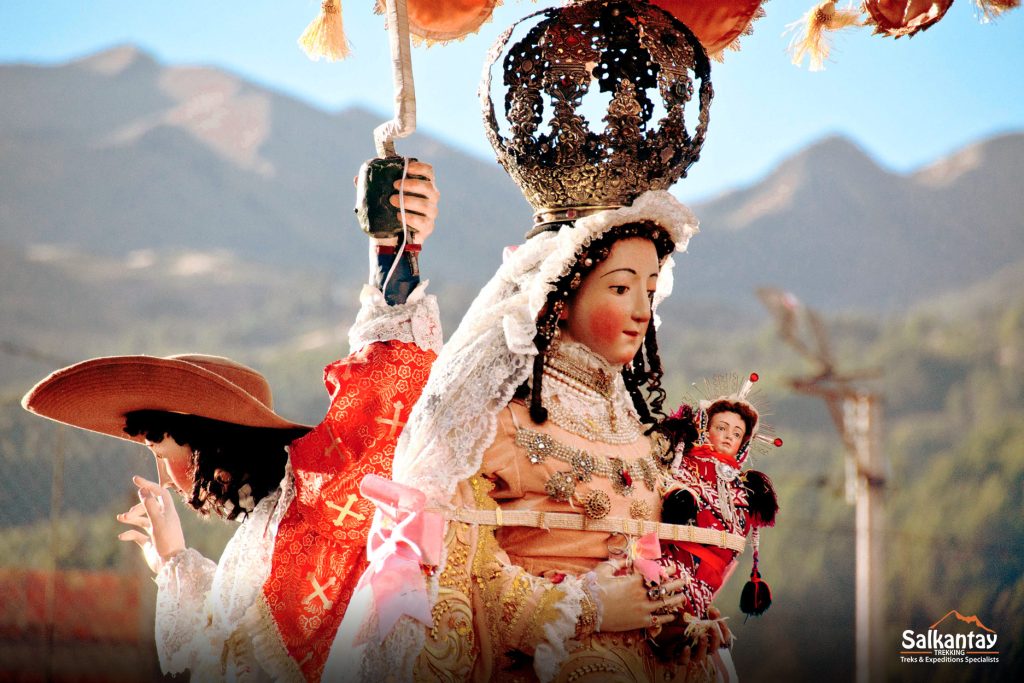
Immaculate Virgin (La Linda)
Affectionately known as “La Linda” for her beauty and spiritual purity, this image is venerated as an example of grace and holiness for Catholic faithful. She is often depicted as a celestial figure, surrounded by stars and with a moon at her feet, symbolizing her victory over evil.
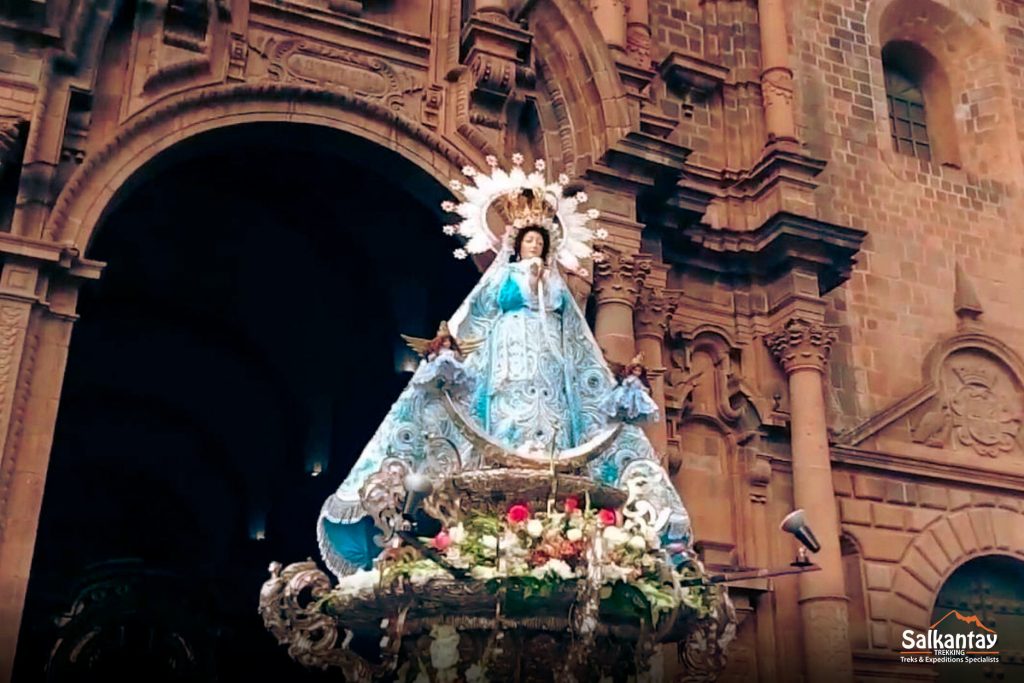
Traditional Customs
Typical Food Stalls: During the Corpus Christi festival, the small plazas and streets near Cusco’s historic center come alive with the sale of the traditional and acclaimed Chiriuchu, the emblematic dish that accompanies this important celebration. It’s also common to find a wide variety of street vendors offering seasonal fruits, handicrafts, and clothing.
Chiriuchu: This traditional dish from Cusco’s gastronomy is closely linked to the Corpus Christi festivities. The word Chiriuchu comes from Quechua, and while there isn’t a single consensus, some translate it as “cold spicy,” while others interpret it as “cold mix.”
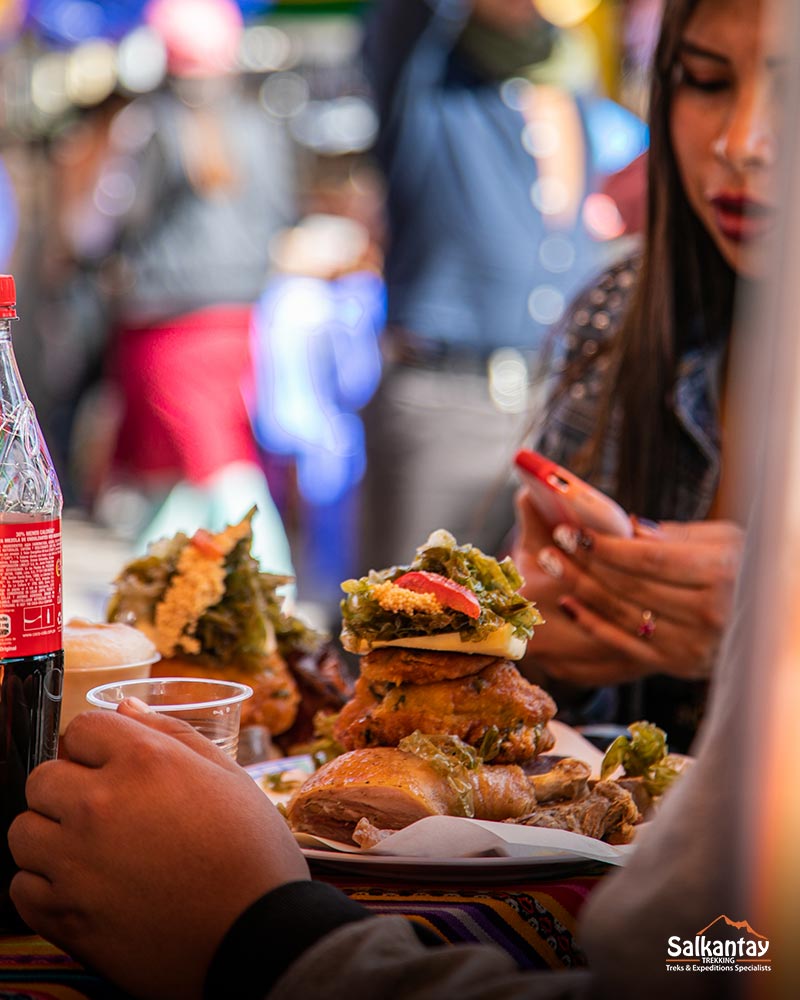
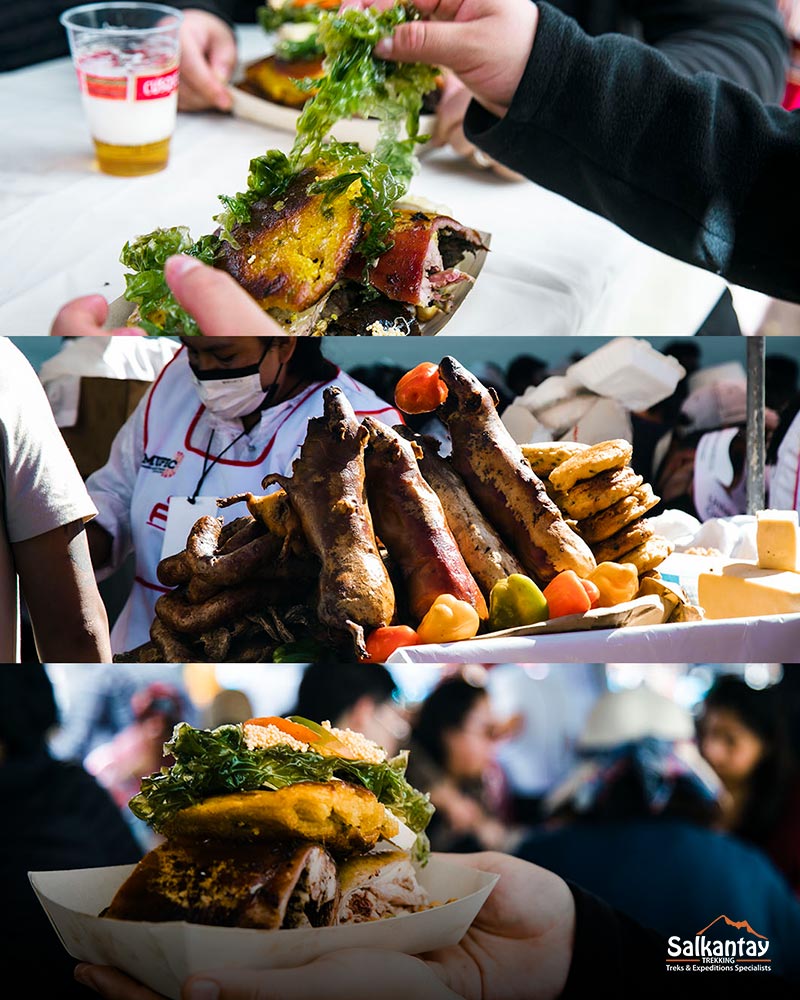
A traditional dish with a variety of flavors: Chiriuchu stands out for its combination of ingredients representing different regions of Peru, reflecting the country’s cultural and culinary richness. Among its main components are guinea pig (cuy), chalona (dried meat), chicken, corn tortilla, sausage, cochayuyo (seaweed), toasted corn, and fish roe, also known as cau-cau. This mix of cold and slightly spicy flavors makes Chiriuchu a unique culinary experience that’s an essential part of Cusco’s traditions.
Octave of Corpus: After the blessing is given to the faithful, the saints’ images remain in Cusco’s Cathedral for eight days. Then comes the traditional “Octave of Corpus Christi,” a time when the celebration is renewed. The streets of the historic center once again fill with color and devotion as the saints return to their respective parishes.
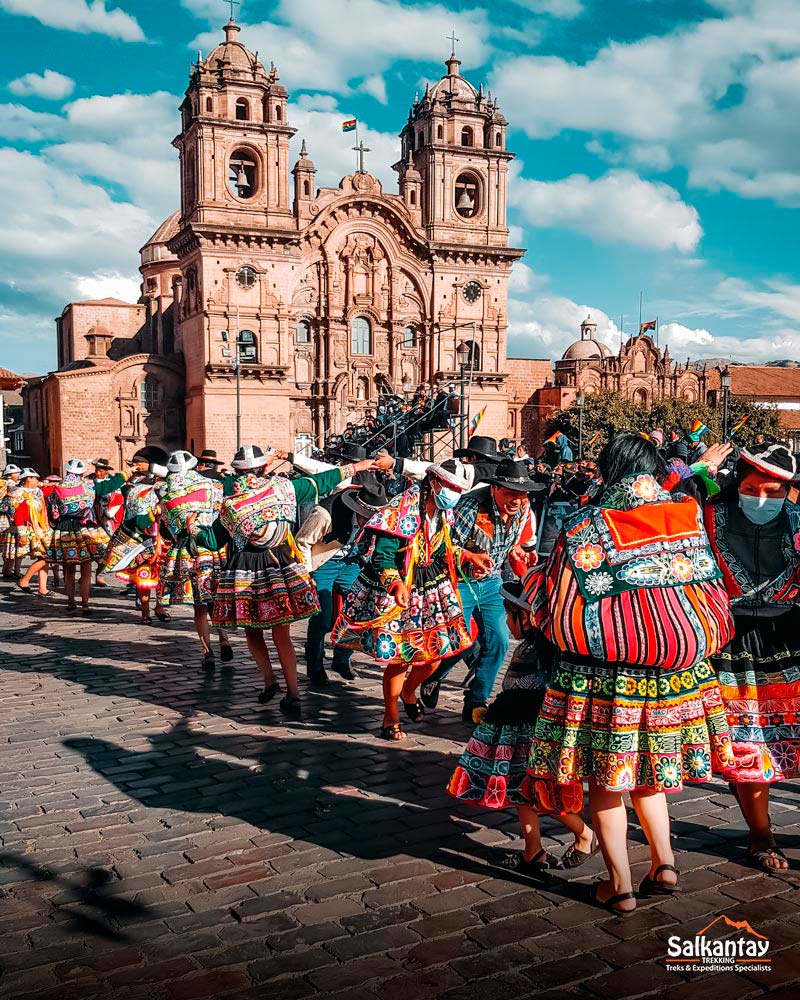

Traditional Dances: During this celebration, various traditional dances are performed, such as Mestiza Qoyacha, Contradanza, and Capaq Qoya, among others, filling the streets with music, color, and movement. The public is also entertained by the antics of the ever-present and joyful Chunchus, Qollas, and Ukukus (also known as Pabluchas or “bear men”), whose costumes represent characters from the Andean cultural imagination.
Band and Dance Group Competition: Musicians from different neighborhoods accompany their dances with great enthusiasm, creating a lively competition among the bands. Each group and orchestra celebrates this festival in its own way, filling the streets with rhythm and tradition.
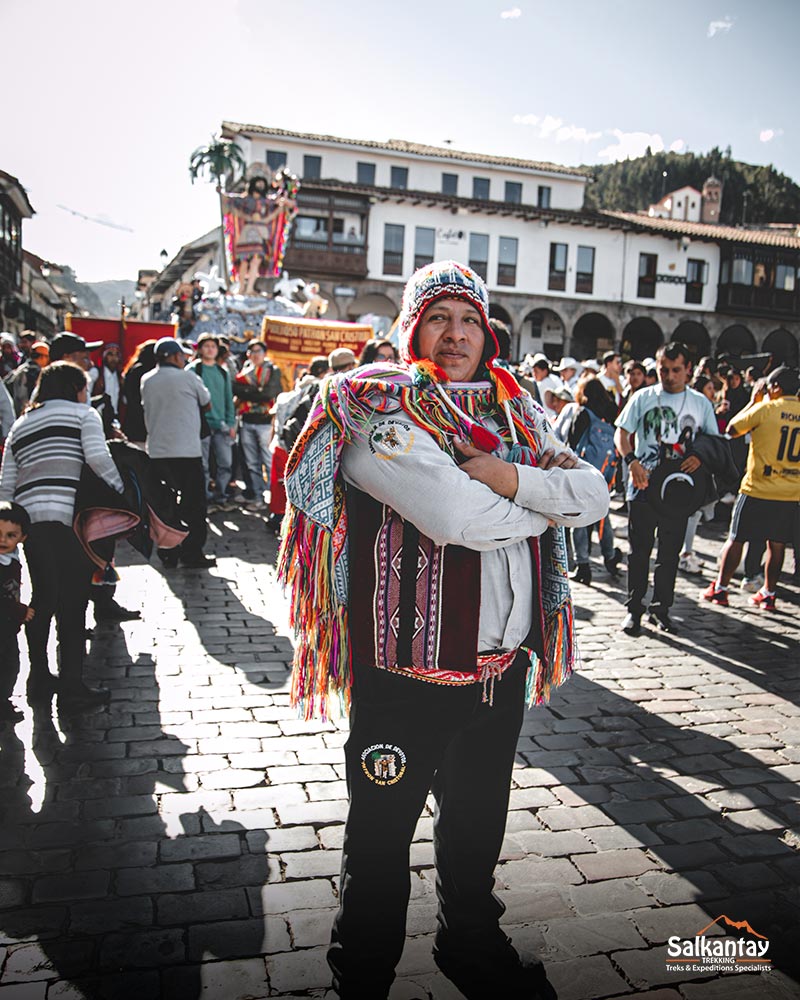
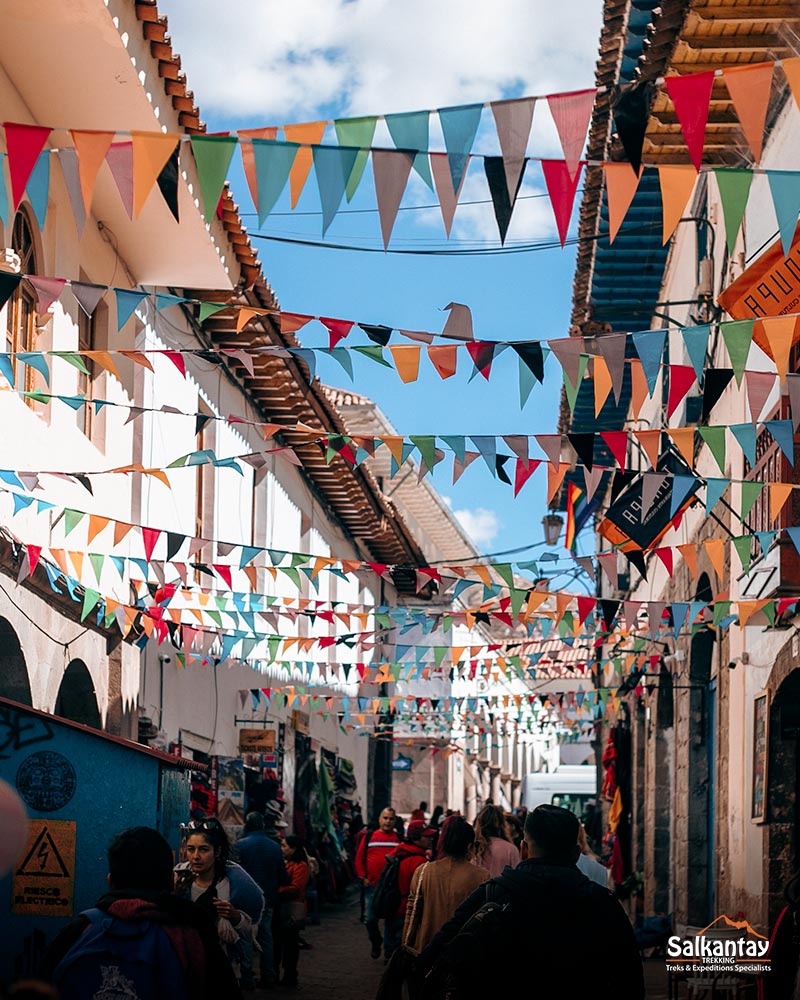
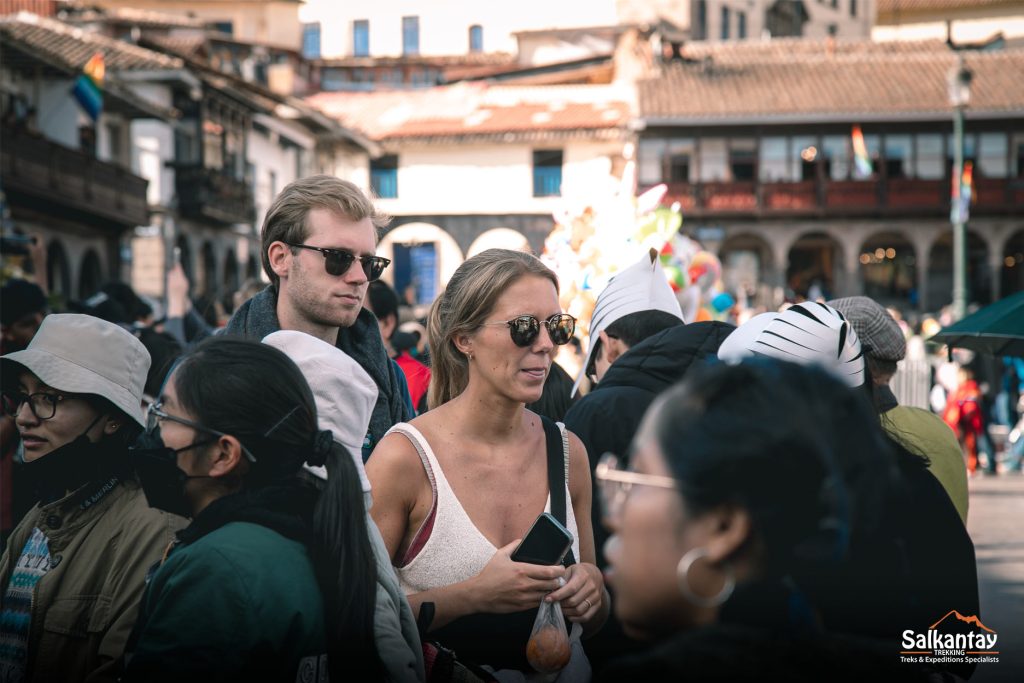
Tips to Make the Most of Corpus Christi in Cusco
Planning to be in Cusco during Corpus Christi? Here are some solid tips to help you enjoy it to the fullest:
- Book ahead
This festival attracts many visitors, so make sure to book your stay and transport early. That way, you can focus on the celebration, not on last-minute stress. - Join the procession
The heart of Corpus Christi is the processions. Walking through Cusco’s historic streets alongside the saints and local devotees is something you won’t forget anytime soon. - Try Chiriuchu (and everything else!)
Don’t leave without tasting chiriuchu, a cold dish made with regional ingredients. You’ll also find food fairs with other local flavors worth trying. - Soak in the music and dancing.
The streets come alive with folk dances, colorful costumes, and live bands. Take it all in, snap some photos, or join the fun if you feel the vibe. - Respect the spiritual side.
For locals, Corpus Christi is a significant religious event. If you decide to participate, do it respectfully; it means a lot to the people of Cusco. - Explore beyond the festival.]
While you’re here, why not make the most of it? Visit nearby spots like Sacsayhuamán and the Sacred Valley, or even plan a trip to Machu Picchu. There’s so much to see around Cusco!
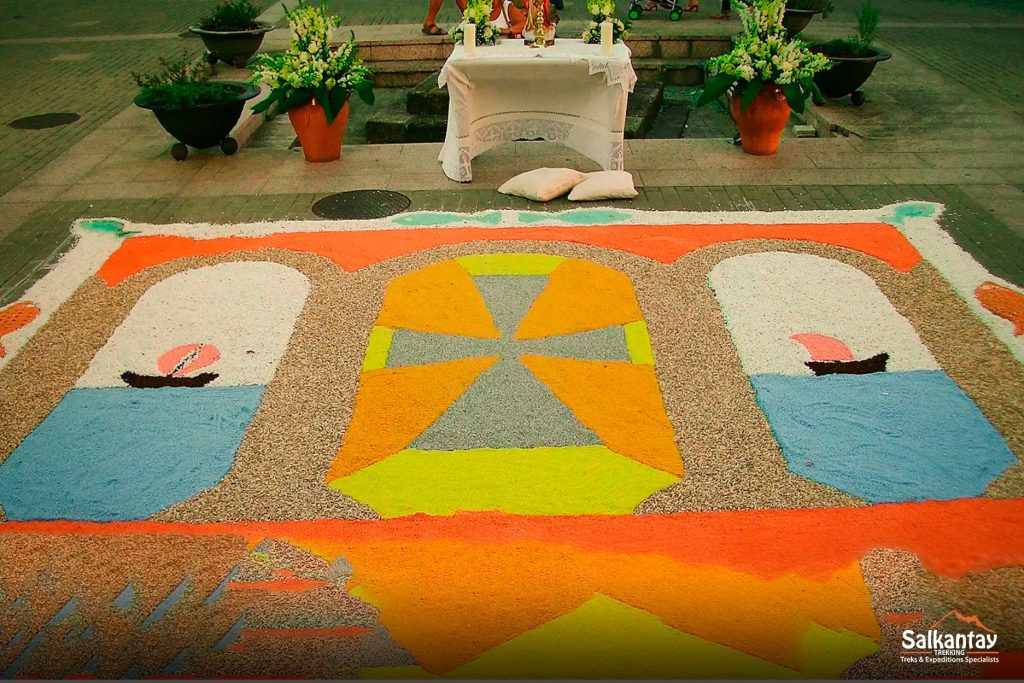
Celebrations and Traditions That Make Cusco Unique
Corpus Christi in Cusco is more than just an expression of faith; it’s a vibrant display of Andean culture. While its roots lie in the arrival of Catholicism, today it’s a tradition deeply woven into the identity of Cusqueños.
The best part? It doesn’t come alone. June is one of the most festive months in the Imperial City. From religious events to artistic and cultural expressions, the streets explode with color and energy. If you visit Cusco during this time, you won’t just experience Corpus Christi; you’ll be immersed in a season full of celebrations that reflect religious devotion and Andean heritage.
Each event is a chance to connect with the region’s history, art, cuisine, and spirituality, everything that makes Cusco such an unforgettable destination.
Frequently Asked Questions About Corpus Christi in Cusco
1. What is Corpus Christi, and why is it celebrated in Cusco?
It’s a Catholic feast that honors the presence of Christ in the Eucharist. In Cusco, it holds deep cultural significance, blending Catholic faith with Andean traditions, making it one of the most iconic religious and cultural events in the city’s calendar.
2. What is the history of Corpus Christi in Cusco?
The celebration arrived with Spanish colonization. Over time, Andean customs were incorporated, creating a unique festivity where Catholic saints coexist with elements of the Andean worldview, such as music, dance, and traditional food.
3. When is Corpus Christi celebrated in 2025?
The main day is Thursday, June 19, 2025. However, the celebrations begin several days earlier and continue for over a week.
4. How is Corpus Christi celebrated in Cusco?
Images of 15 saints and virgins are carried in procession from their home parishes to the Church of Santa Clara, and then to Cusco’s Cathedral. They remain there for eight days, during which masses, parades, traditional dances, and food fairs take place. The festivity ends with the “Octava,” when the images return to their parishes.
5. Who are the saints and virgins of Corpus Christi in Cusco?
Fifteen religious images from various parishes participate, including San Sebastián, Santa Ana, San Blas, San Jerónimo, San Cristóbal, San Pedro, San José, Santiago, Santa Bárbara, and Santa Rosa. Several Marian devotions also join, such as the Virgin of the Nativity, of Bethlehem, of Remedies, and the Immaculate Conception (“La Linda”).
6. What activities take place during Corpus Christi?
Solemn processions, food fairs, traditional dance competitions, masses, and lively parades with marching bands fill the city with color, devotion, and cultural expression.
7. What do people eat during Corpus Christi in Cusco?
The signature dish is chiriuchu, a cold preparation made with ingredients like guinea pig (cuy), chicken, sausage, chalona (dried meat), corn tortilla, cheese, cochayuyo (seaweed), roasted corn, and rocoto pepper. It’s a symbol of the region’s rich cultural and culinary diversity.



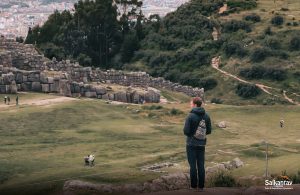
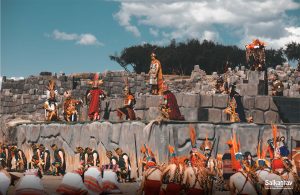
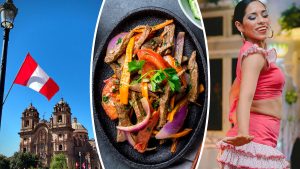

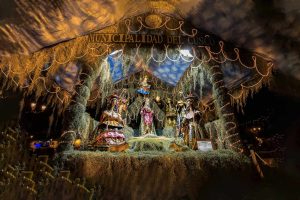


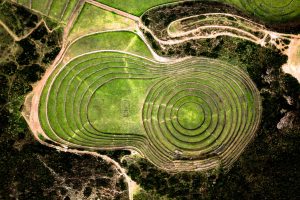
Leave A Reply